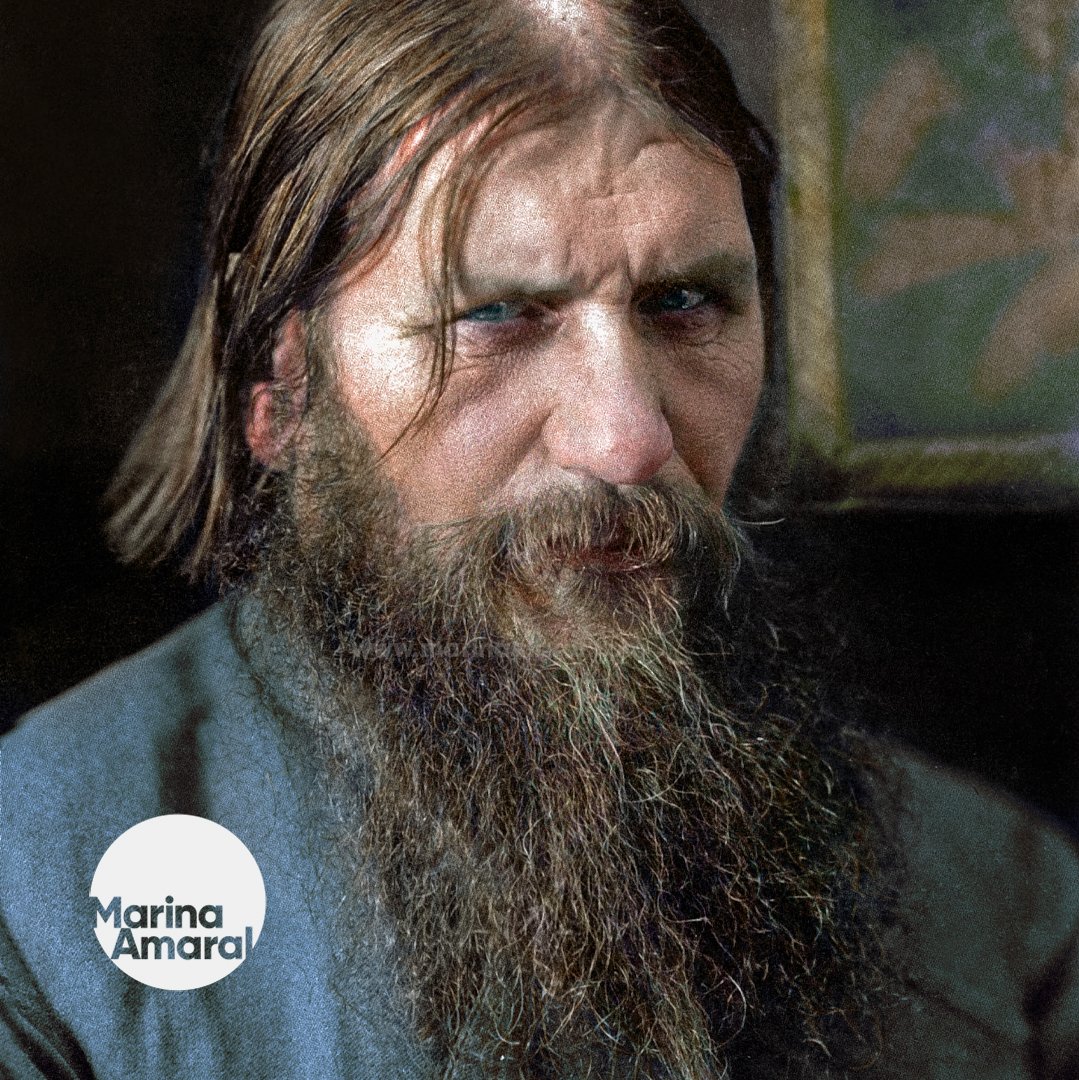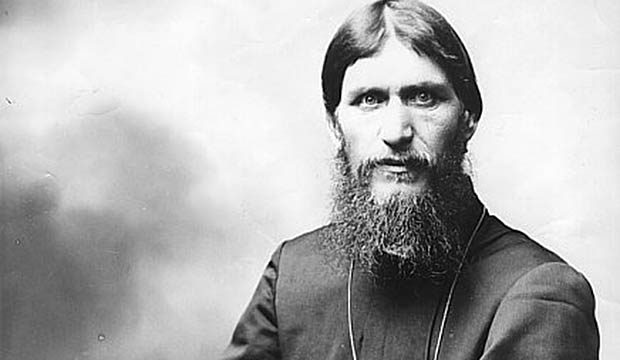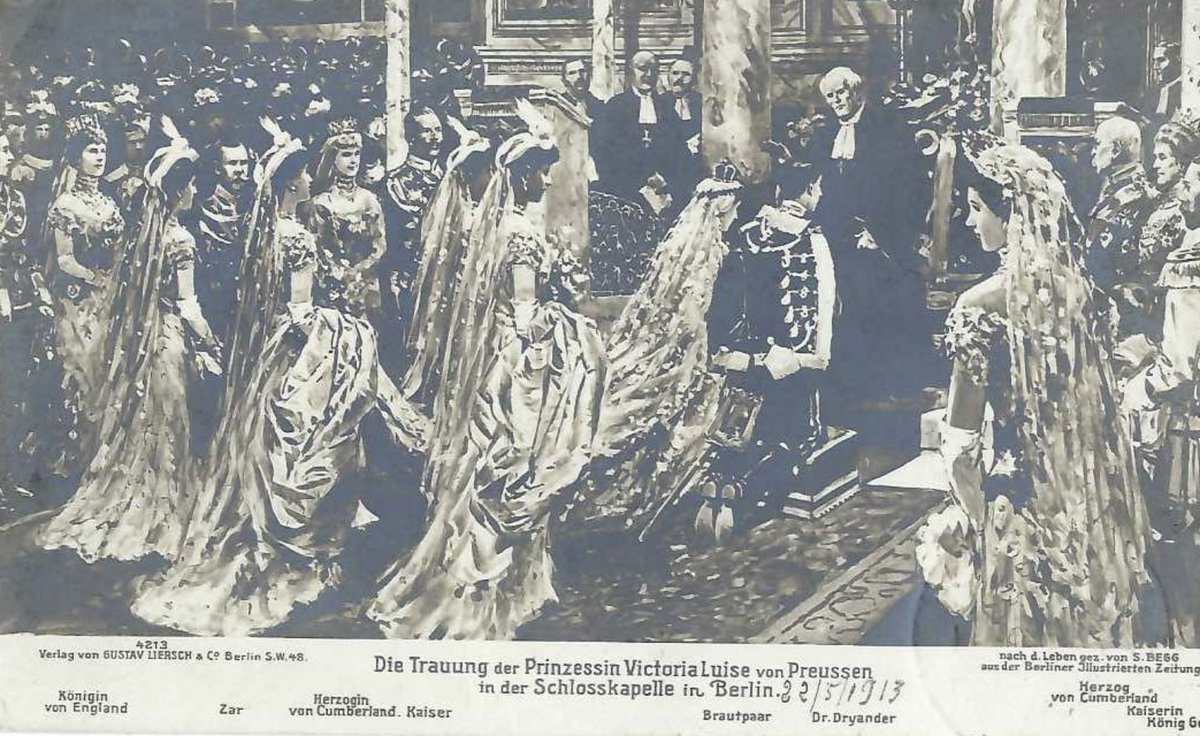
Colorized by me: Grigori Rasputin, date unknown.
He is best known for his role as a mystical adviser in the court of Tsar Nicholas II of Russia.

He is best known for his role as a mystical adviser in the court of Tsar Nicholas II of Russia.


On the night of December 29, 1916, a group of conspirators, including the tsar’s first cousin, Grand Duke Dmitri Pavlovich, and Prince Felix Yusupov, invited Rasputin to Yusupov's palace and fed him wine and cakes laced with cyanide. 

Though Rasputin eventually became rather drunk, the poison seemed to have no effect. Baffled but not deterred, the conspirators finally shot Rasputin multiple times. He was then wrapped in a carpet and thrown into the Neva River, where it was discovered three days later. 

Although Rasputin was gone, the last of his prophecies was yet to unfold. Shortly before his death, he wrote to Nicholas to predict that if he were killed by government officials, the entire imperial family would be killed by the Russian people. 

His prophecy came true 15 months later, when the Tsar, his wife Alexandra and all of their children were murdered by assassins amidst the Russian Revolution. bit.ly/3oBbyNg 

📕 Read and see more historical photos in color in my books! marinamaral.com/books/
• • •
Missing some Tweet in this thread? You can try to
force a refresh






















